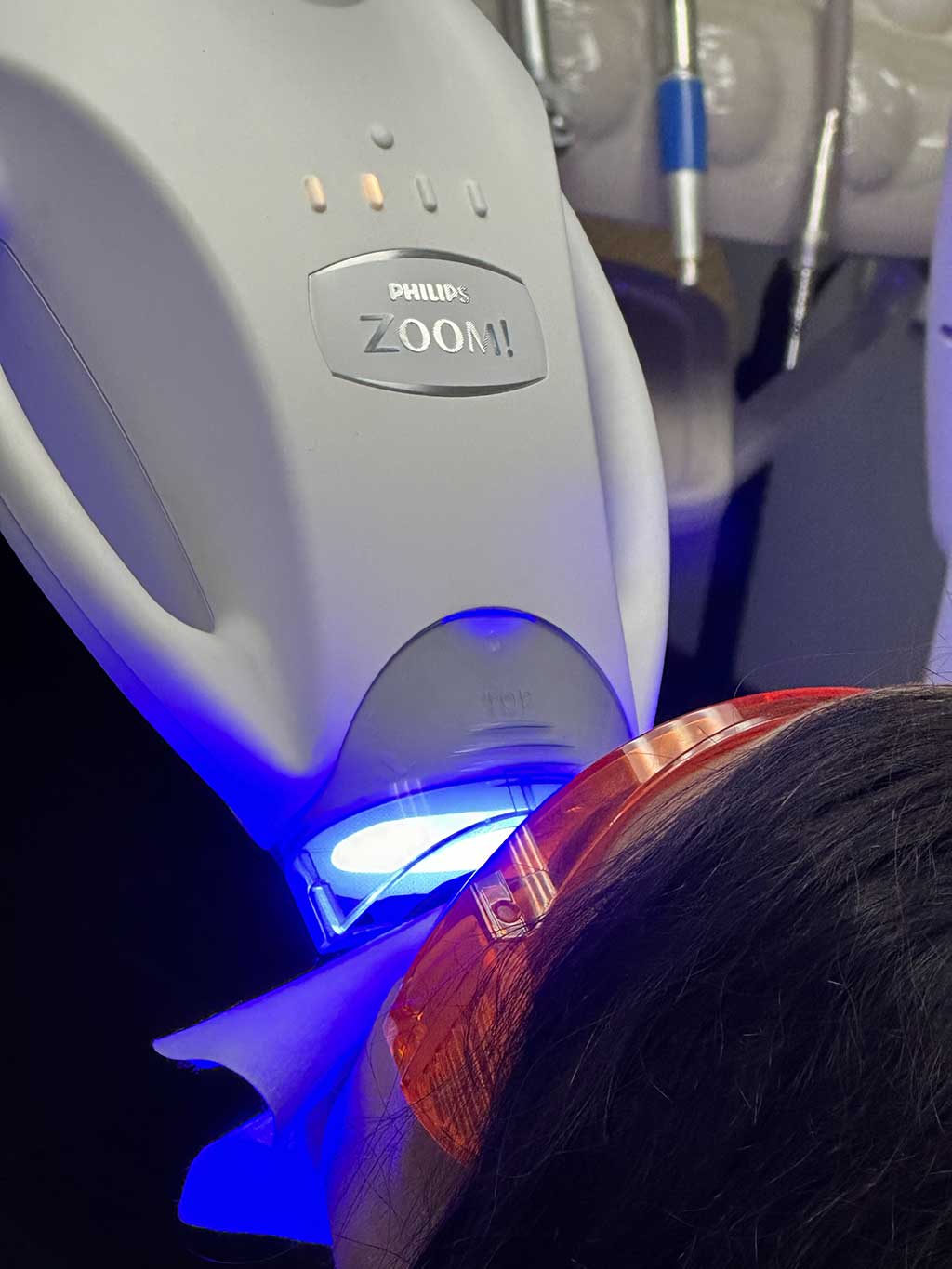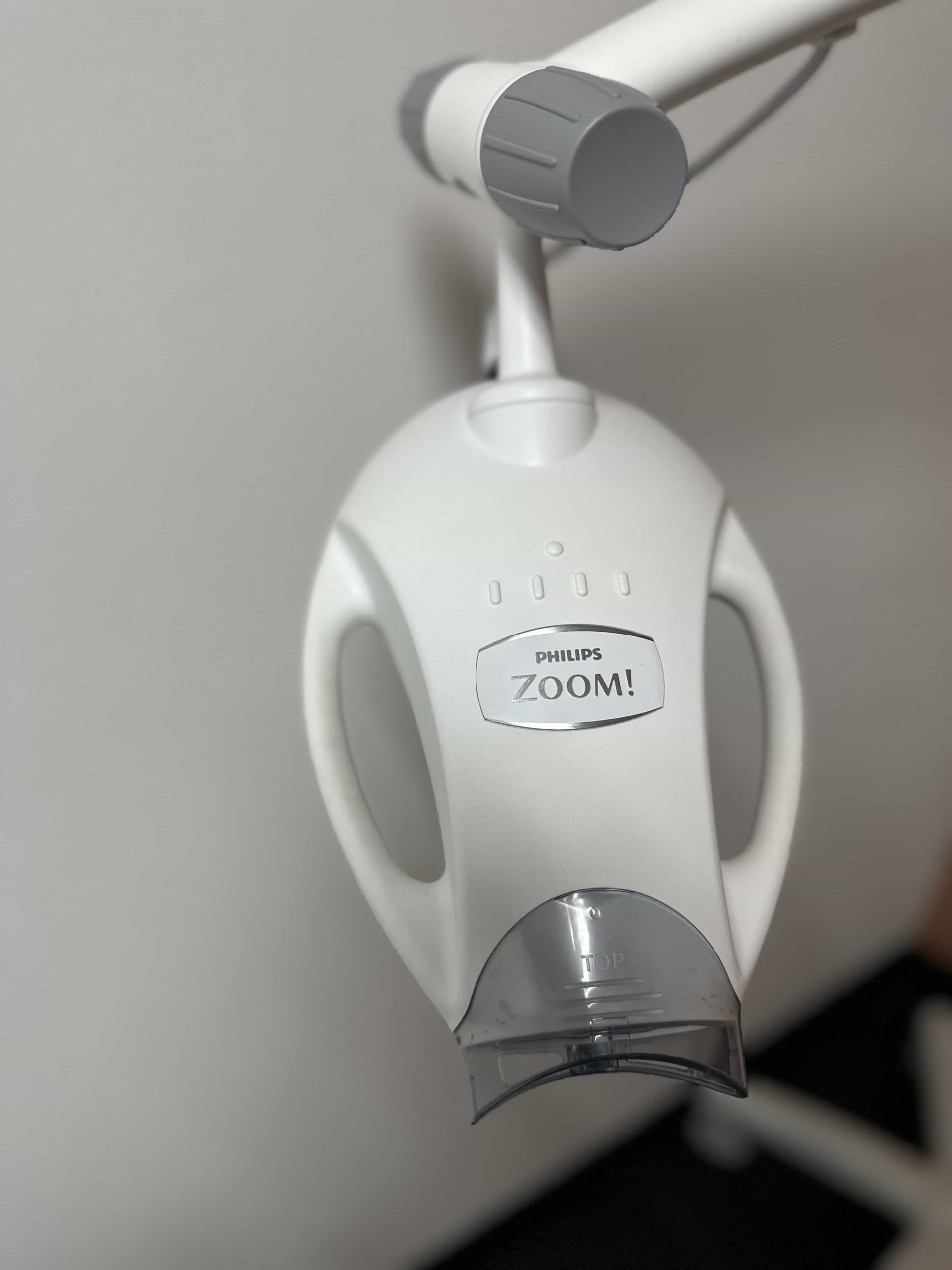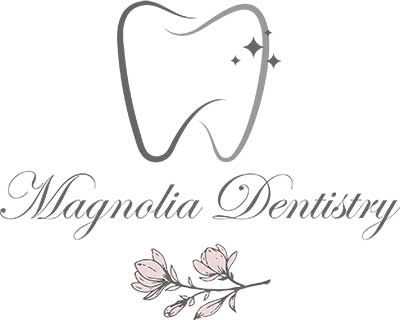Get Brighter Smiles: A Comprehensive Guide to Safe Tooth Whitening
A radiant smile can boost confidence, enhance appearance, and make a lasting impression. But what if your smile isn’t as bright as you’d like it to be? With a myriad of teeth whitening options available, achieving that dazzling smile is within reach. Let’s explore the world of safe tooth whitening, from understanding the causes of discoloration to finding the perfect solution tailored to your needs. If you are looking for a general dentistry please go to Family Dentistry Garland page for more information and for a Cosmetic Dentistry Garland here is the link.
This comprehensive guide will illuminate the science behind tooth whitening, discuss popular methods, and address potential risks and side effects. Plus, we’ll provide tips for maintaining your bright smile and help you choose the right whitening method for your unique situation.
Key Takeaways
- Understand the causes of tooth discoloration and familiarize yourself with popular whitening methods.
- Learn about hydrogen peroxide and carbamide peroxide, their potential risks, side effects, and how to minimize them.
- Take necessary precautions for post-whitening care by consulting your dentist on suitable treatments that fit your needs.
Understanding Tooth Discoloration
Tooth discoloration can be attributed to both extrinsic and intrinsic factors, which can be treated through tooth bleaching methods. Understanding the causes of tooth discoloration can help determine the best whitening method for each individual. From lifestyle choices to genetic predispositions, the reasons for stained teeth are as diverse as the solutions available to restore their natural whiteness.
Before initiating your pursuit of a brighter smile, knowing the differentiation between extrinsic and intrinsic staining, and the various whitening treatments to address each type is beneficial.
Extrinsic Staining
Extrinsic staining arises from external factors, such as food, drinks, and smoking. Common culprits include dark berries, citrus fruits, red wine, and balsamic vinegar. These stains affect tooth enamel and can be removed through regular dental cleanings and the use of whitening toothpastes.
Although extrinsic staining might be bothersome, it’s somewhat easy to rectify. Cosmetic dentistry procedures, like teeth whitening, can effectively remove surface stains, leaving your smile brighter and more radiant.
Intrinsic Staining
Intrinsic staining, on the other hand, occurs during tooth development and is not as easily removed through mechanical means. Potential causes include:
- Genetics
- Age
- Antibiotics
- Elevated fluoride levels
- Developmental disorders
- Certain dental restorations
Intrinsic staining may pose more of a challenge to lighten, frequently necessitating professional or self-administered whitening treatments to effectively brighten the tooth color. Although it may take more effort and time, achieving a brighter smile is still possible even with intrinsic stains.
Popular Teeth Whitening Methods
A variety of teeth whitening methods exist, each with its own advantages and drawbacks. From in-office treatments to at-home solutions, there’s a whitening option suitable for everyone’s needs and preferences.
Understanding the advantages and drawbacks of each method will assist in making a judicious choice on the most fitting path towards a brighter smile. Let’s examine the prevalent teeth whitening methods available today more closely.

In-Office Whitening Treatments
In-office whitening treatments provide quicker results and higher concentrations of peroxide than at-home options. These treatments include:
- High concentration hydrogen peroxide whitening gel application
- Zoom teeth whitening
- Laser teeth whitening
- Crest teeth whitening
Though in-office treatments yield quicker results, they might lead to heightened tooth sensitivity and are pricier than at-home alternatives. Weighing the advantages against the potential downsides is necessary before opting for an in-office whitening treatment.
At-Home Whitening Solutions
At-home tooth whitening products offer a cheaper and more convenient alternative for tooth whitening, though with an extended timeline to attain the desired outcome. These solutions help in whitening the teeth and include:
- Over-the-counter whitening strips and gels
- Whitening rinses
- Whitening toothpastes
- Tray-based tooth whiteners
While they may take longer to show results, at-home whitening solutions, such as Opalescence Go™, can be effective in achieving a brighter smile. Home-based bleaching is also known to produce less tooth sensitivity than in-office treatments when used according to manufacturer’s instructions.
The Science Behind Tooth Whitening
Tooth whitening is a fascinating process that relies on the chemical reactions of hydrogen peroxide or carbamide peroxide to break down stains and lighten tooth color. These whitening agents are powerful tools in achieving a brighter and more attractive smile.
Comprehending the science underpinning tooth whitening will not only enable you to value the progression towards a radiant smile but also guarantee that you opt for the most efficient and safe method according to your needs.
Hydrogen Peroxide
Hydrogen peroxide, a powerful bleaching agent, reacts with chromogens to effectively whiten teeth. However, it may cause tooth sensitivity and gum irritation due to its strong oxidizing properties.
Despite these potential side effects, hydrogen peroxide is widely used in teeth whitening products with concentrations typically ranging between 5% and 10%. Its ability to break down stains and lighten tooth color makes it a popular choice for many seeking a brighter smile.
Carbamide Peroxide
Carbamide peroxide is a slower-acting whitening agent that breaks down into hydrogen peroxide, providing a gentler whitening experience with reduced sensitivity. As it decomposes into hydrogen peroxide, carbamide peroxide retains the stain-removing properties of its parent compound.
For those with sensitive teeth, carbamide peroxide offers a more comfortable alternative to hydrogen peroxide without sacrificing effectiveness in achieving a brighter smile.
Potential Risks and Side Effects of Teeth Whitening
Teeth whitening treatments might lead to possible risks and side effects, such as tooth sensitivity and irritation in gums. Although these side effects are usually temporary, it’s imperative to be cognizant of them prior to undergoing any whitening procedure.
By comprehending the possible risks and taking necessary precautions, these side effects can be minimized, securing a brighter smile in a safe and comfortable manner.
Tooth Sensitivity
Tooth sensitivity is a frequent side effect of teeth whitening, impacting a large number of patients. The ingredients used in whitening products, such as carbamide peroxide and hydrogen peroxide, can lead to increased sensitivity and discomfort when exposed to hot or cold foods and drinks. This is particularly true for bleaching and tooth sensitivity, as the two are often closely related.
Maintaining proper oral hygiene and using desensitizing toothpaste can aid in managing tooth sensitivity. While sensitivity may last from a few days to a few weeks, adhering to instructions provided by your dentist or the product manufacturer can ensure optimal results and comfort.
Gum Irritation and Chemical Burns
During teeth whitening, gum irritation and chemical burns may happen, particularly with higher concentrations of peroxide or trays that don’t fit well. These side effects can be minimized with proper application and protective measures, such as using a custom-fitted tray or strips and applying a protective barrier.
By adopting necessary precautions, the risk of gum irritation and chemical burns can be reduced, still accomplishing the bright smile you desire.
Tips for Maintaining a Bright Smile
Sustaining a bright smile post teeth whitening necessitates care after the whitening procedure, such as evading food and drinks that stain, and frequent touch-ups to extend the outcomes. By adapting your lifestyle and incorporating proper dental care, you’ll be well-equipped to keep your smile shining bright.
Let’s examine some suggestions and recommendations on preserving your dazzling smile following teeth whitening treatments.
Post-Whitening Care
Post-whitening care necessitates maintaining good oral hygiene, using whitening toothpaste, and steering clear of substances that stain to preserve the brightness of your smile. Regular dental care, including brushing and flossing, is essential in keeping your teeth healthy and radiant.
Additionally, using whitening toothpaste can help to extend the results of your whitening treatment and prevent new stains from forming on your teeth, making it an effective way to whiten your teeth.
Regular Touch-Ups
Frequent touch-ups, either at the dental office or at home, can help sustain the results of teeth whitening and halt the recurrence of stains over time. It is generally advised to get touch-ups every 6 months following a teeth whitening treatment.
By incorporating touch-ups into your routine, you’ll ensure that your smile stays bright and beautiful for the long term.

Choosing the Right Whitening Method for You
Selecting the appropriate whitening method necessitates consultation with a dental professional and contemplation of factors such as tooth sensitivity, lifestyle habits, and the results you wish to achieve. It’s vital to identify the treatment that aligns with your needs and preferences, guaranteeing a safe and efficient progression towards a brighter smile.
Let’s consider some primary factors when choosing the ideal whitening method for you.
Consult Your Dentist
A dental professional can offer beneficial advice regarding the most fitting whitening treatment for you, considering your oral health, the cause of tooth discoloration, and the results you wish to achieve. Consulting with your dentist is essential to determine the best approach for safe and effective teeth whitening.
Your dentist can also provide in-office whitening treatments for more effective and rapid results, guiding you through the process and ensuring your comfort and safety.
Consider Sensitivity and Lifestyle Factors
When selecting a whitening method, it’s significant to consider any tooth sensitivity and lifestyle factors that may influence your treatment. If you have sensitive teeth, opt for a gentler whitening treatment or products containing desensitizing agents.
Additionally, consider your lifestyle habits, such as smoking or consuming staining foods and drinks. By avoiding these habits and maintaining good oral hygiene, you’ll be more likely to enjoy a long-lasting, radiant smile.
Summary
In conclusion, achieving a brighter smile is possible through safe and effective teeth whitening treatments, tailored to your unique needs and preferences. By understanding the causes of tooth discoloration, exploring popular whitening methods, and taking proper care of your teeth, you can attain and maintain a dazzling smile that leaves a lasting impression. Also for the kids teeth if you are looking for Pediatric Dentist please click on the link.
Frequently Asked Questions
What is the best thing to whiten your teeth?
For the best whitening results, opt for a product that contains hydrogen peroxide or carbamide peroxide. Crest 3D Whitestrips Sensitive Bright Dental Whitening Kit and baking soda combined with hydrogen peroxide are also effective solutions.
Can yellow teeth become white again?
There are several options available to help whiten yellow teeth, such as over-the-counter toothpastes, home whitening products, or professional plaque removal. Therefore, yes, yellow teeth can become white again.
Teeth whitening how to?
Whiten teeth and remove stains with whitening toothpaste and an electric toothbrush. For even brighter teeth, consider a custom-fitted whitening gel tray. While having whiter teeth may not be healthier, it certainly boosts confidence.
Are teeth whitening treatments painful?
Teeth whitening treatments can cause temporary tooth sensitivity and gum irritation, but these can be managed with proper care.
Can teeth whitening treatments damage tooth enamel?
When used correctly, teeth whitening treatments are safe and should not damage tooth enamel.
